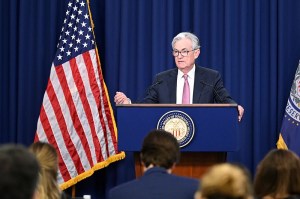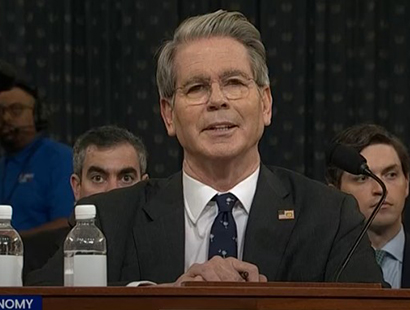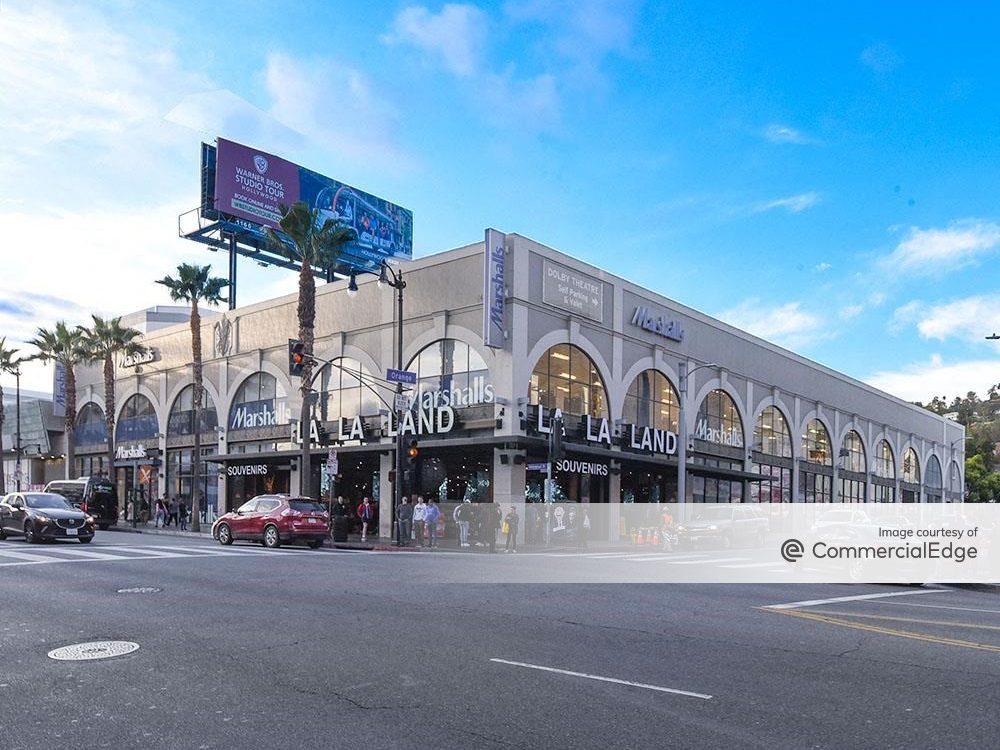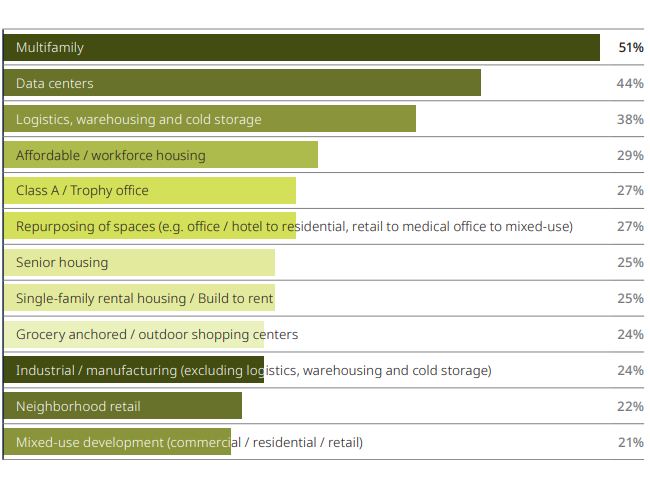What a Stagflation Scenario Could Mean for REITs
Fitch’s Chris Wimmer on why the rating agency has adjusted its outlook.
Fitch Ratings maintains a neutral outlook for US Equity REITs, revised down from an improving outlook in June. Property-level net operating income growth remains positive for most sectors, but the rate of improvement has decelerated to more ‘normalized’ levels. Moreover, a stagflation scenario would challenge REIT cash flows and property values given less demand for space and higher interest and capex expenses along with higher capitalization rates.
The enclosed mall and office sectors face fundamental challenges. Recent star performers, such as the industrial sector, are likely to be at or near peak occupancies and rent growth, given some challenges in the technology sector, including Amazon’s easing of its aggressive industrial footprint growth posture.
Shopping center REITs averaged same property NOI growth in the 2.5 percent to 3 percent range in the three years leading up to the pandemic. While property-level cash flows were pressured to various degrees during the pandemic, this proved temporary and this retail REIT subsector experienced a strong rebound in 2021 off of weak 2020 comparisons.

Federal Reserve chair addresses press conference following FOMC meeting May 4. Photo courtesy of the Federal Reserve via Flickr
The non-discretionary nature of these REITs’ main tenants, often groceries or pharmacies, continues to drive solid performance in 2022 as occupancies have held in the mid-90 percent range and NOI growth is expected to be in in the 4 percent to 5 percent range. As a further testament to their resilience, Fitch did not downgrade any shopping center REITs during the pandemic. In fact, Fitch has upgraded two shopping center REITs this year, in both cases citing their grocery-anchored assets as factors.
The pace of REIT senior unsecured issuance has slowed meaningfully in 2022 after three consecutive years in excess of $65 billion. The prior high-water mark was $53 billion in 2017. This year’s pace for the first half of the year is just over $20 billion, less than half of the amount issued in the same year-to-date periods in each of the prior three years. Interest rate uncertainty is often cited as a key factor for the slowdown.
Fortunately for investment-grade REITs, much of past decade-long low interest rate environment saw them terming out debt and increasing balance sheet flexibility. With little near-term maturity exposure, they can afford to remain on the sidelines until the rate environment improves.
REITs are well positioned for a challenging environment, given historically low leverage and excellent liquidity profiles, supported by availability under committed revolving credit facilities and limited near-term unsecured debt maturities.
Chris Wimmer, CFA, is senior director, Fitch Ratings.








You must be logged in to post a comment.